Adventure sports have surged in popularity as more people seek exhilarating experiences that push their physical and mental boundaries. From scaling vertical rock faces to plunging through white water rapids, these activities offer a unique blend of adrenaline, challenge, and connection with nature. But with so many options available, finding the perfect adventure sport can feel overwhelming. The right choice depends on your personality, physical abilities, comfort with risk, and the experiences you value most. This guide will help you navigate the exciting world of adventure sports to discover which activities align best with your personal preferences and goals.
Understanding Your Adventure Profile

Before diving into specific sports, it’s important to understand your own adventure profile. Are you someone who craves the ultimate adrenaline rush, or do you prefer activities that allow you to appreciate scenic surroundings while still challenging yourself? Consider your fitness level honestly—some adventure sports require significant strength or endurance, while others are more accessible to beginners. Think about whether you prefer solo activities or those that foster camaraderie and teamwork. Your comfort with heights, water, speed, and confined spaces will also significantly influence which adventure sports will bring you joy rather than anxiety. Taking time for this self-assessment will lead you toward activities that align with your natural inclinations.
Rock Climbing: For the Patient Problem-Solver

Rock climbing offers a perfect blend of physical challenge and mental strategy that appeals to methodical thinkers. Each route presents a unique puzzle requiring strength, flexibility, balance, and careful planning to solve. Climbers often describe the focused state they enter—sometimes called “flow”—where all outside concerns fade away as they concentrate solely on the next move. The sport scales beautifully with experience; beginners can start in controlled indoor environments before progressing to outdoor climbing. Beyond the physical benefits of full-body conditioning, rock climbing fosters valuable mental traits including patience, resilience, and the ability to maintain composure in challenging situations. The climbing community is known for its supportive culture, making it an excellent choice for those who value both personal achievement and social connection.
Whitewater Kayaking: For Water-Loving Thrill-Seekers
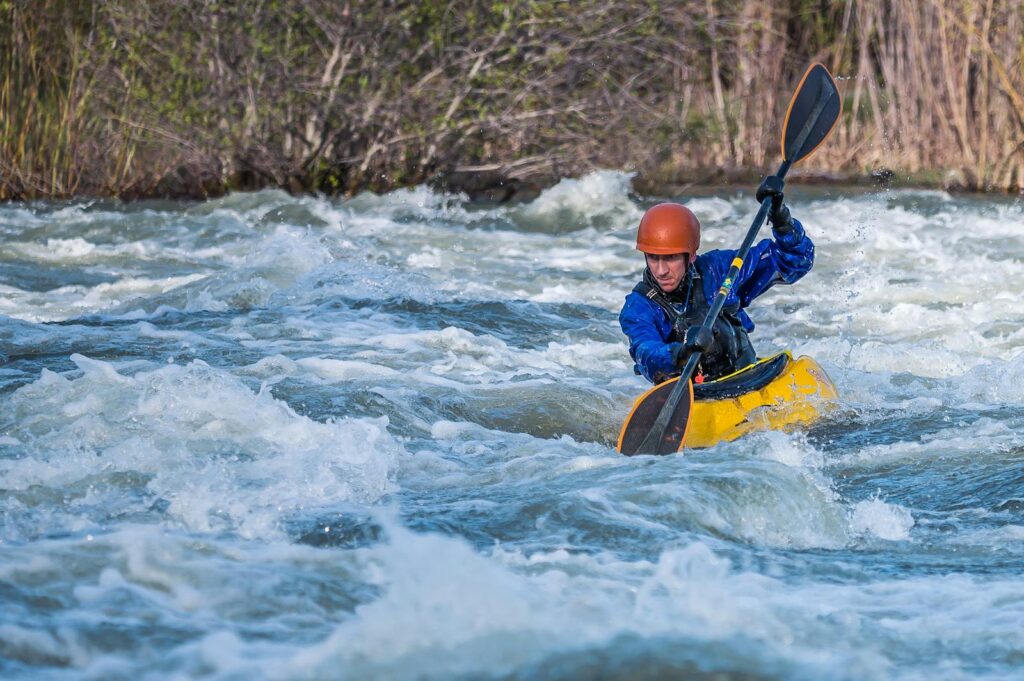
Whitewater kayaking combines the serenity of being on water with adrenaline-pumping challenges as you navigate rushing rivers and rapids. This sport requires quick decision-making, adaptability, and comfort with being occasionally submerged upside-down in turbulent water. Kayakers develop intimate knowledge of how water moves and how to use these forces to their advantage rather than fighting against them. The progression from flat water to increasingly challenging rapids provides a clear path for skill development and achievement. Many kayakers value the unique perspective this sport offers—accessing remote wilderness areas and viewing landscapes from the water that few others ever see. The combination of technical skill development, physical exertion, and immersion in nature makes whitewater kayaking particularly rewarding for those who love water environments.
Mountain Biking: For Speed Enthusiasts Who Love Nature

Mountain biking delivers an intoxicating mixture of speed, technical challenge, and immersion in outdoor environments. Riders experience the thrill of navigating narrow trails, negotiating obstacles, and carrying momentum through flowing descents. The sport offers tremendous variety—from smooth, flowing single-track to technical downhill courses with jumps and drops. One of mountain biking’s greatest appeals is its scalability; beginners can start on gentle trails and progressively challenge themselves as skills develop. The sport builds cardiovascular fitness, core strength, balance, and reflexes while allowing riders to cover significant distances and explore natural landscapes. Mountain biking communities tend to be passionate about trail stewardship, creating opportunities to combine adventure with environmental conservation for those who value giving back to the outdoor spaces they enjoy.
Skydiving: For Those Seeking Ultimate Freedom
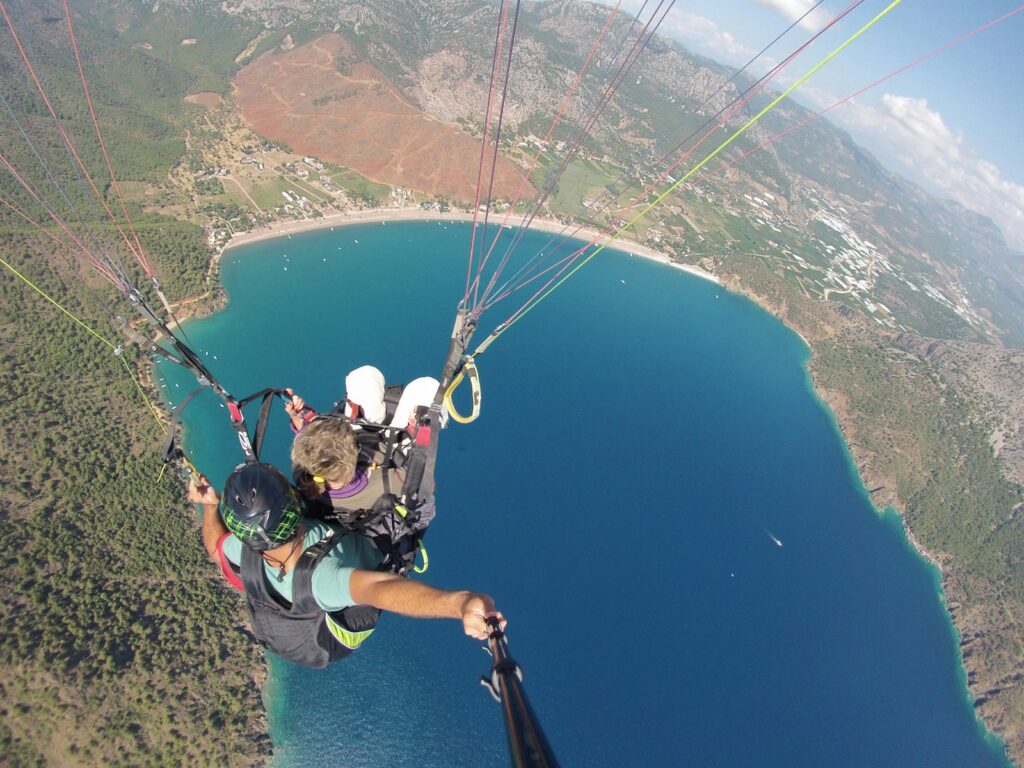
Few experiences match the pure exhilaration of free-falling through the sky, making skydiving the quintessential adventure sport for those seeking intense sensations. The initial training and tandem jumps provide a relatively accessible entry point, though progressing to solo jumps requires significant commitment to safety protocols and technical knowledge. Beyond the obvious adrenaline rush, skydivers often describe profound psychological benefits—the perspective shift that comes from confronting fears, the meditative quality of being fully present in the moment, and the sense of accomplishment after each successful landing. The skydiving community is tight-knit, with experienced jumpers typically eager to mentor newcomers and share their passion. For those who can overcome the natural fear of jumping from aircraft, skydiving offers a unique combination of intense sensation, personal growth, and aerial views few humans ever experience.
Surfing: For Those Who Embrace Unpredictability
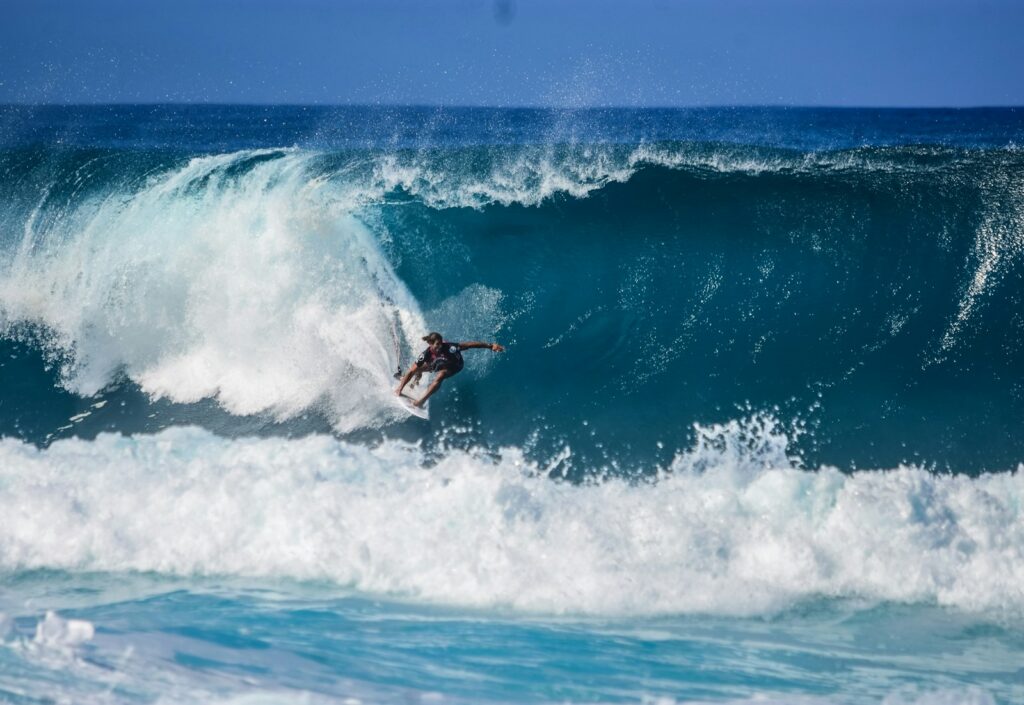
Surfing stands apart from many adventure sports in its complete dependence on natural forces that cannot be controlled or predicted with complete accuracy. Surfers develop patience and adaptability as they learn to read ocean conditions, position themselves correctly, and respond instantaneously to the dynamic environment of breaking waves. The learning curve can be steep, with beginners spending significant time in the “impact zone” being tumbled by waves before mastering the fundamentals. However, the reward—the indescribable feeling of harnessing a wave’s energy to glide across its face—keeps surfers coming back despite the challenges. Beyond the physical benefits of paddling fitness and core strength, surfing fosters a deep connection with marine environments and often leads to environmental awareness. For those who value spontaneity, natural immersion, and the pursuit of fleeting perfect moments, surfing offers lifelong appeal.
Wilderness Backpacking: For Self-Sufficient Explorers

Though often overlooked in discussions of adventure sports, wilderness backpacking offers profound challenges and rewards for those drawn to self-sufficiency and extended nature immersion. Carrying everything needed for survival on your back while navigating remote terrain builds resilience, planning skills, and confidence in your ability to thrive with minimal resources. Backpackers experience a progressive disconnection from digital stimulation and reconnection with natural rhythms—the sunrise, weather patterns, and physical exertion followed by deep rest. The sport combines cardiovascular endurance with mental toughness as backpackers push through fatigue, inclement weather, and occasional discomfort. Perhaps most valuably, extended time in wilderness settings offers perspective shifts difficult to achieve in ordinary life, with many backpackers reporting enhanced clarity about personal priorities and renewed appreciation for simple comforts. For thoughtful adventurers who value solitude and deep nature connection over pure adrenaline, backpacking offers sustainable lifetime adventure.
Scuba Diving: For Underwater Explorers
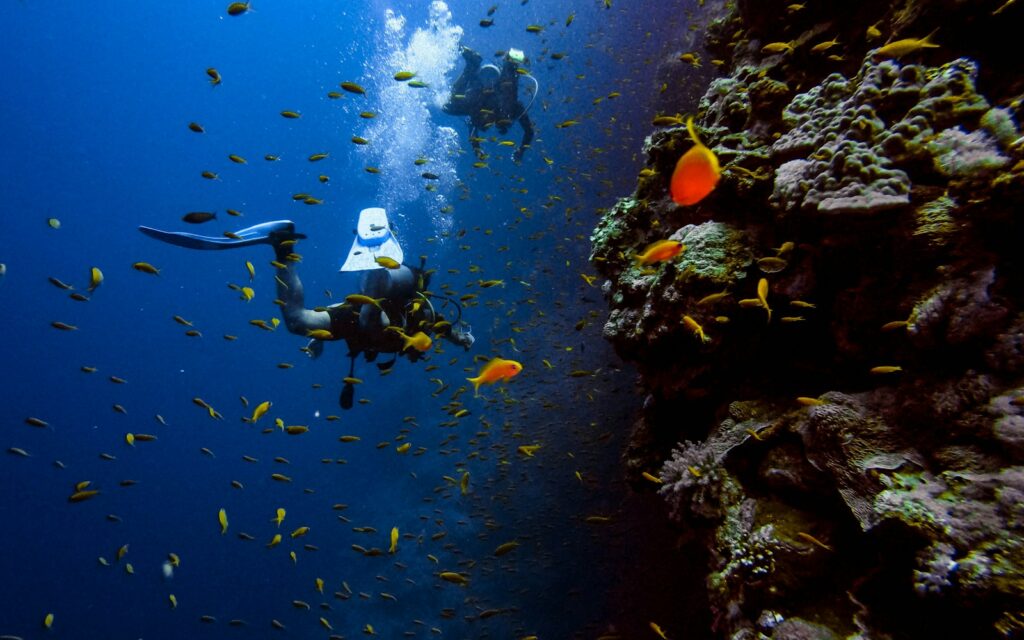
Scuba diving opens the door to exploring the mysterious underwater world that covers over 70% of our planet. The sensation of weightless flight while breathing underwater creates an otherworldly experience unlike any terrestrial adventure sport. Divers encounter marine life in their natural habitat—from tiny nudibranchs to magnificent whale sharks—fostering appreciation for ocean ecosystems and often inspiring conservation ethics. The sport combines technical skill development with exploration; divers must master equipment operation and safety protocols while navigating an environment where humans are biological visitors. Advanced diving—including cave diving, deep diving, and wreck penetration—offers progressive challenges for those seeking more intense experiences. The meditative quality of controlled breathing and the forced present-moment awareness (as distraction underwater can have serious consequences) provides psychological benefits beyond the obvious adventure appeal, making diving particularly attractive to those seeking both excitement and mindfulness.
Paragliding: For Those Who Dream of Flying
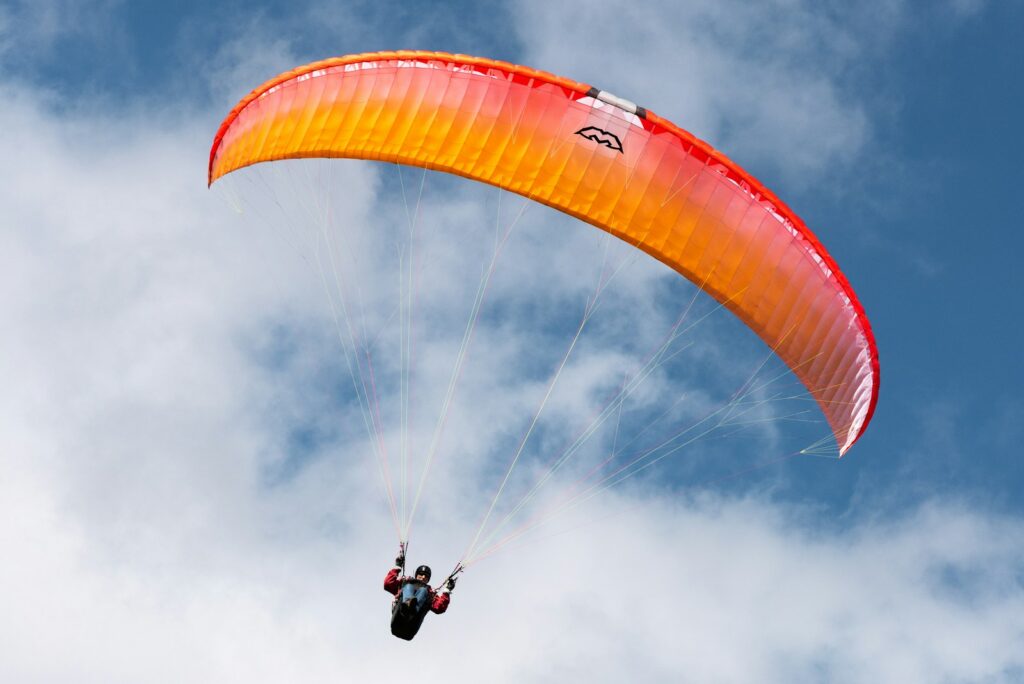
Paragliding fulfills the ancient human dream of flying like a bird, using only thermal currents and wind patterns to stay aloft. Unlike many high-adrenaline sports, paragliding often creates a sense of peaceful floating rather than intense excitement, though advanced maneuvers can certainly raise the heart rate. Pilots develop intimate understanding of weather patterns, air movement, and reading landscapes from above—skills that foster connection with natural environments in unique ways. The progression from training hill runs to mountain launches to cross-country flights provides clear markers of advancement that keep the sport engaging for years. Perhaps most distinctively, paragliding offers extended duration of the flying sensation—flights can last hours, unlike the brief freefall of skydiving—creating opportunities for aerial meditation and contemplation. For those who value both adventure and tranquility, who dream of bird’s-eye perspectives, and who enjoy technical skill development, paragliding offers a compelling combination.
Bouldering: For Strength-Based Problem Solvers

Bouldering—climbing without ropes on smaller rock formations or indoor walls—has exploded in popularity for good reason. This accessible form of climbing removes many equipment barriers while retaining the mental challenge of solving three-dimensional movement puzzles. Boulderers develop impressive strength-to-weight ratios, dynamic movement capabilities, and problem-solving creativity as they work to ascend increasingly difficult “problems.” The social aspect distinguishes bouldering from many adventure sports; practitioners often gather around boulder fields or gym walls, collaboratively attempting routes and sharing beta (climbing advice). The sport’s intensity-to-time ratio appeals to busy modern adventurers—a full workout and mental challenge can be achieved in a short session. For those drawn to physical power development, mental puzzles, supportive community, and relatively low initial investment in equipment and training, bouldering offers an ideal entry into adventure sports with progressive challenge potential.
Backcountry Skiing/Snowboarding: For Winter Wilderness Lovers
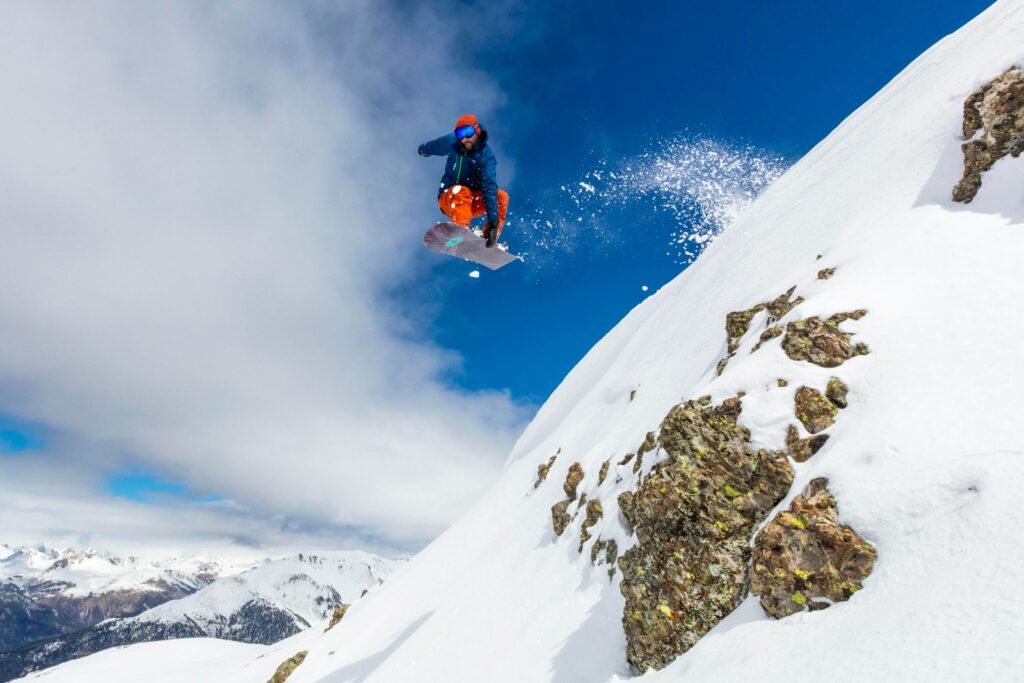
Backcountry skiing and snowboarding combine the thrill of descending through powder snow with the satisfaction of earning those turns through uphill travel. Unlike resort skiing, backcountry practitioners access ungroomed, unpatrolled terrain under their own power, using specialized equipment like climbing skins and splitboards. This sport demands a unique combination of skills—fitness for ascents, technical ability for descents, navigation expertise, and critical avalanche safety knowledge. The reward for this skill development is access to pristine snow conditions and solitude rarely found at resorts. Backcountry travelers experience winter environments in their natural state, often witnessing wildlife and landscapes inaccessible to mechanized transportation. Beyond the physical and technical components, backcountry snow sports foster important risk assessment abilities as practitioners learn to evaluate snow stability and make conservative decisions in potentially hazardous terrain. For those who love winter environments and value both uphill challenge and downhill exhilaration, backcountry skiing and snowboarding offer unmatched winter adventure.
Trail Running: For Those Who Value Simplicity and Speed

Trail running strips adventure down to its most essential form—moving quickly through natural environments under your own power with minimal equipment. This accessibility makes it one of the easiest adventure sports to begin, requiring only appropriate footwear and nearby trails. Yet the simplicity belies the depth of the experience; trail runners develop remarkable proprioception (body awareness), agility, and cardiovascular fitness while learning to read terrain and adjust pace to conditions. The sport scales naturally with experience—beginners might tackle short local trails while veterans progress to mountain ultras covering 100+ miles of rugged terrain. Many trail runners value the meditative aspect of rhythmic movement through changing landscapes, reporting mental clarity and reduced anxiety after runs. The combination of physical challenge, natural immersion, and minimal equipment requirements makes trail running particularly appealing to those seeking adventure that integrates seamlessly into busy modern lifestyles.
Making Your Final Decision
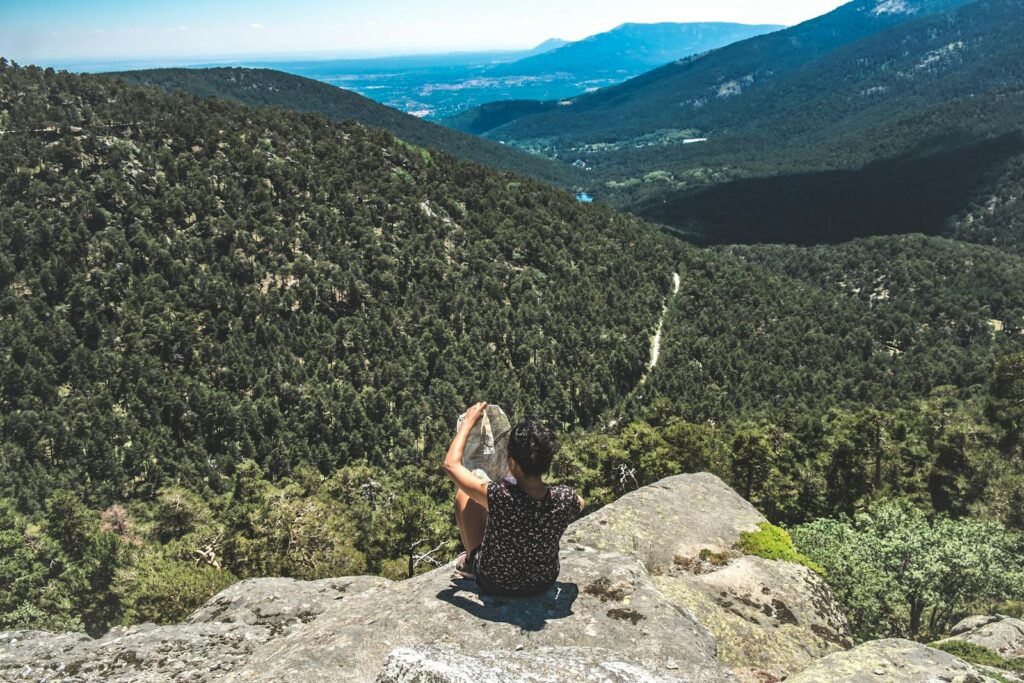
After exploring various adventure sports options, the final decision comes down to honest self-assessment and practical considerations. Consider starting with activities that build on skills you already possess—swimmers might try surfing or diving, while those comfortable with heights might explore climbing or paragliding. Evaluate the local geography and available resources; pursuing sports accessible in your region will enable more frequent participation and faster skill development. Be realistic about time and financial investment; some sports require significant equipment purchases and regular training, while others can be enjoyed with minimal investment. Remember that many adventure athletes participate in multiple complementary activities that use similar skill sets or serve different seasonal conditions. Most importantly, choose activities that spark genuine excitement when you imagine yourself participating—intrinsic motivation will carry you through the inevitable learning challenges better than any external factors.
The world of adventure sports offers incredible diversity, with options suited to every personality, risk tolerance, and fitness level. Whether you’re drawn to the mental focus of climbing, the wilderness immersion of backpacking, or the pure adrenaline of skydiving, finding your perfect adventure sport means aligning activities with your innate preferences and aspirations. Remember that the journey of skill development is itself an adventure, with each sport offering progressive challenges and deeper experiences as you advance. The right adventure sport isn’t necessarily the most extreme—it’s the one that consistently brings you joy, challenges you appropriately, and keeps you coming back for more. By thoughtfully assessing your preferences and starting with appropriate entry points, you’ll discover activities that not only thrill you but potentially become lifelong passions.

